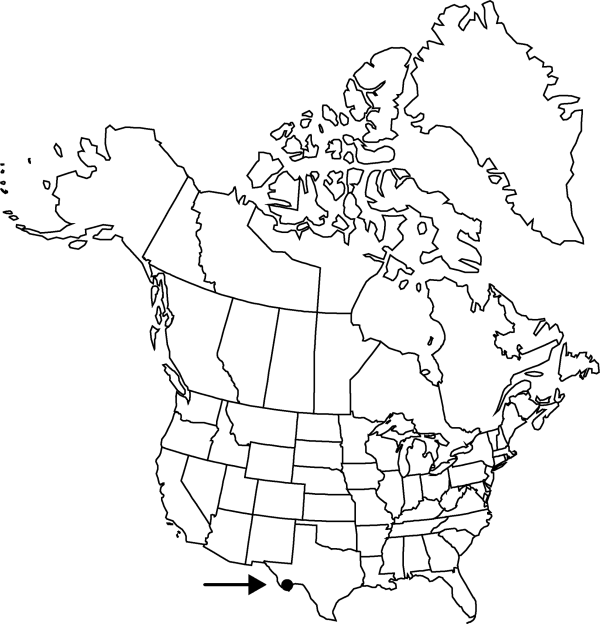Difference between revisions of "Opuntia aureispina"
J. Arizona-Nevada Acad. Sci. 33: 150. 2001.
FNA>Volume Importer |
imported>Volume Importer |
||
| (One intermediate revision by the same user not shown) | |||
| Line 52: | Line 52: | ||
|publication year=2001 | |publication year=2001 | ||
|special status= | |special status= | ||
| − | |source xml=https:// | + | |source xml=https://bitbucket.org/aafc-mbb/fna-data-curation/src/2e0870ddd59836b60bcf96646a41e87ea5a5943a/coarse_grained_fna_xml/V4/V4_273.xml |
|subfamily=Cactaceae subfam. Opuntioideae | |subfamily=Cactaceae subfam. Opuntioideae | ||
|genus=Opuntia | |genus=Opuntia | ||
Latest revision as of 21:57, 5 November 2020
Shrubs or trees, with short spiny trunks, erect, to 1(–1.5) m. Stem segments not disarticulating, light blue-green to yellow-green, flattened, circular to obovate, 8–12 × 8–12 cm, glaucous, ± tuberculate, glabrous; areoles 6–8 per diagonal row across midstem segment, oblong, 4–5 × 1–3 mm; wool brown to blackish. Spines usually 4–12 per areole, evenly distributed on stem segments, spreading, bright yellow to orange, red-brown at extreme base, aging tan to blackish, not chalky white, acicular; major spines (1–)3–5(–6) per areole, sometimes flattened and/or curved, 20–60 mm; smaller spines 1–7 per areole, slender, to 20 mm. Glochids well spaced in very narrow row encircling areole, subapical tuft not or poorly developed, yellow, unequal in length, to 5 mm. Flowers: inner tepals yellow with orange to red bases, obovate, 30–40 mm; filament yellow to pale green; anthers pale yellow; style yellow, sometimes basally pinkish; stigma lobes green. Fruits green to reddish, turning tan, burlike, 30–40 × 20–25 mm, beginning fleshy, quickly drying, glabrous, bearing several rigid, yellow spines; areoles 12–25. Seeds tan, flattened, irregular in outline, 3–6 mm diam.; girdle protruding to 1 mm. 2n = 22.
Phenology: Flowering spring (May).
Habitat: Limestone desert flats, low hills
Elevation: 500-600 m
Distribution

Tex., Mexico (Coahuila).
Discussion
Opuntia aureispina hybridizes with O. phaeacantha (= O. ×spinosibacca M. S. Anthony) and O. macrocentra (= O. ×rooneyi M. P. Griffith).
Selected References
None.